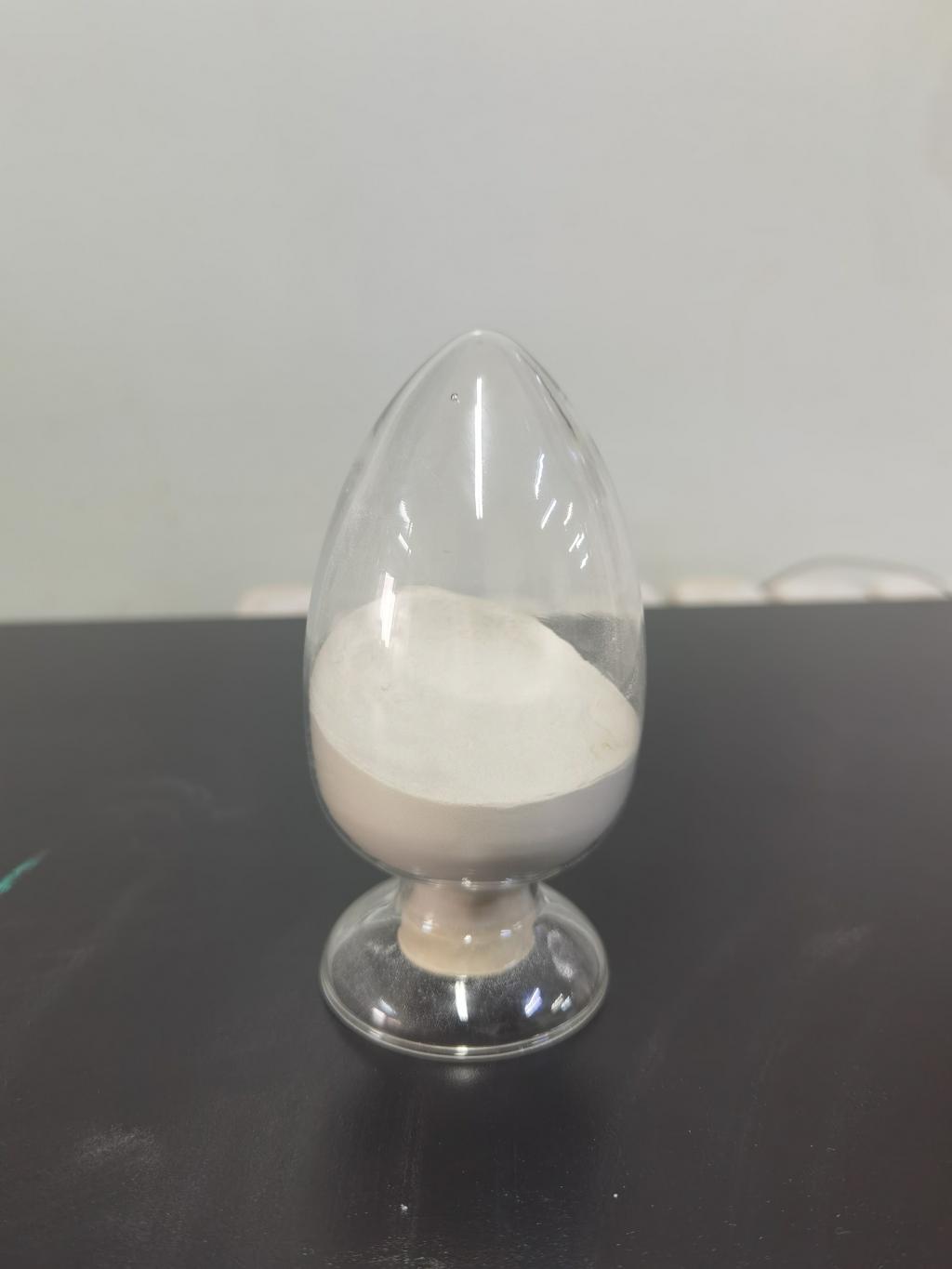Tel:+8618231198596

News
 CONTACT
CONTACT
 CONTACT
CONTACT
- Linkman:Linda Yao
- Tel: +8618231198596
- Email:linda.yao@dcpharma.cn
- Linkman:CHARLES.WANG
- Department:Overseas
- Tel: 0086 0311-85537378 0086 0311-85539701
News
Current Position:
Home >
News
>Direct sale Nisin's Implications for Reducing Food Loss in Food Banks.
Direct sale Nisin's Implications for Reducing Food Loss in Food Banks.
TIME:2023-10-18
The Role of Food Banks in Addressing Food Insecurity
Food banks serve as a vital link in the fight against food insecurity, redistributing surplus food from various sources, such as grocery stores, restaurants, and food manufacturers, to individuals and families facing hunger. These organizations play a crucial role in ensuring that edible, surplus food does not go to waste and reaches those who need it most.
However, food banks encounter several challenges, one of which is food loss. Food loss occurs at various stages, from the initial donation to the distribution process, and can result in a significant percentage of the food not reaching its intended beneficiaries. The use of food preservatives like Nisin presents a potential solution to mitigate these losses and increase the efficiency of food banks.
Understanding Nisin: A Natural Food Preservative
Nisin is a naturally occurring antimicrobial peptide produced by the bacterium Lactococcus lactis. It has been used for decades in the food industry as a preservative to inhibit the growth of harmful microorganisms and extend the shelf life of a wide range of food products. Nisin is generally recognized as safe (GRAS) by regulatory agencies, including the U.S. Food and Drug Administration (FDA), when used within established guidelines.
Nisin has gained popularity due to its ability to combat foodborne pathogens like Listeria, while being a natural and safe alternative to synthetic preservatives. This makes it a potentially valuable tool in reducing food loss at food banks.
The Impact of Nisin on Food Shelf Life
One of the primary advantages of using Nisin in food banks is its ability to extend the shelf life of donated food items. This preservation method can be particularly beneficial for perishable products like dairy, meat, and certain baked goods. When applied correctly, Nisin can:
Inhibit the Growth of Harmful Microorganisms: Nisin's antimicrobial properties effectively combat a wide range of bacteria, yeasts, and molds. This inhibitory effect reduces the likelihood of spoilage and extends the usable life of food items.
Maintain Food Quality: Unlike some other preservation methods, Nisin does not significantly alter the sensory qualities of food. This ensures that the preserved items retain their taste, texture, and nutritional value.
Reduce Food Waste: By preventing the spoilage and deterioration of food, Nisin helps to minimize food waste in food banks. This has the potential to significantly increase the volume of food available for distribution.
Safety and Regulatory Considerations
The safety of food preservatives is a paramount concern in food banks, as their primary goal is to provide nutritious and safe food to those in need. Nisin has a long history of safe use and is regulated by various food safety agencies around the world. Key points to consider include:
GRAS Status: Nisin is considered generally recognized as safe by regulatory authorities such as the FDA. It has undergone extensive testing to confirm its safety for consumption at approved levels.
Adherence to Regulations: Food banks must adhere to applicable regulations and guidelines regarding the use of food preservatives. It is essential that food banks use Nisin in accordance with established limits and best practices.
Allergen and Dietary Considerations: While Nisin is generally safe for consumption, it is crucial to consider potential allergens or dietary restrictions that may apply to the recipients of food bank items.
Implementing Nisin in Food Banks
To successfully implement Nisin as a food preservation method in food banks, several steps and considerations should be taken into account:
Training and Education: Staff and volunteers working in food banks need proper training and education on the safe and effective use of Nisin. This includes understanding the recommended application methods, dosages, and potential allergen concerns.
Food Donation and Handling Procedures: Food banks should establish clear protocols for accepting, storing, and distributing Nisin-treated items. It's important to document information about Nisin application, expiration dates, and relevant safety data.
Collaboration with Food Manufacturers: Collaborating with food manufacturers that use Nisin in their products can provide insights and resources to help food banks effectively apply this preservative.
Sustainable Considerations
Sustainability is a critical aspect of food bank operations. While Nisin can be a valuable tool in reducing food waste, it is essential to consider its environmental impact:
Packaging and Storage: The choice of packaging materials and storage practices can significantly impact the environmental footprint of preserved food. Using eco-friendly packaging and energy-efficient storage methods can align with sustainability goals.
Monitoring and Reducing Food Waste: Nisin should be part of a broader strategy to monitor and reduce food waste in food banks. Regular assessment of food handling and distribution processes can help identify areas for improvement.
Resource Efficiency: Efficient use of resources, such as energy and water, in the preservation and distribution of Nisin-treated food can contribute to a more sustainable operation.
Conclusion
Nisin offers promising implications for reducing food loss in food banks by extending the shelf life of donated food items. This natural food preservative, recognized as safe and effective, can help combat food insecurity by preserving perishable products and minimizing waste.
To successfully implement Nisin in food banks, a comprehensive approach that encompasses training, safety considerations, regulatory compliance, and sustainability practices is necessary. By adopting Nisin as a valuable tool in the fight against food insecurity, food banks can enhance their mission of providing nutritious food to those in need while reducing food waste in the process.
- Tel:+8618231198596
- Whatsapp:18231198596
- Chat With Skype







